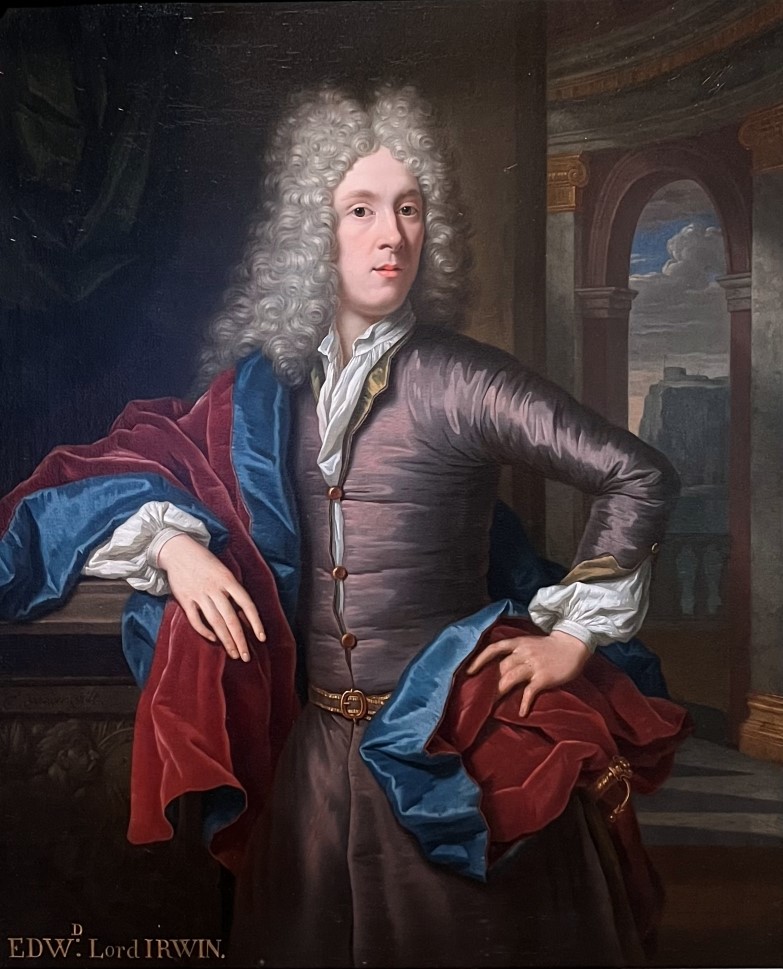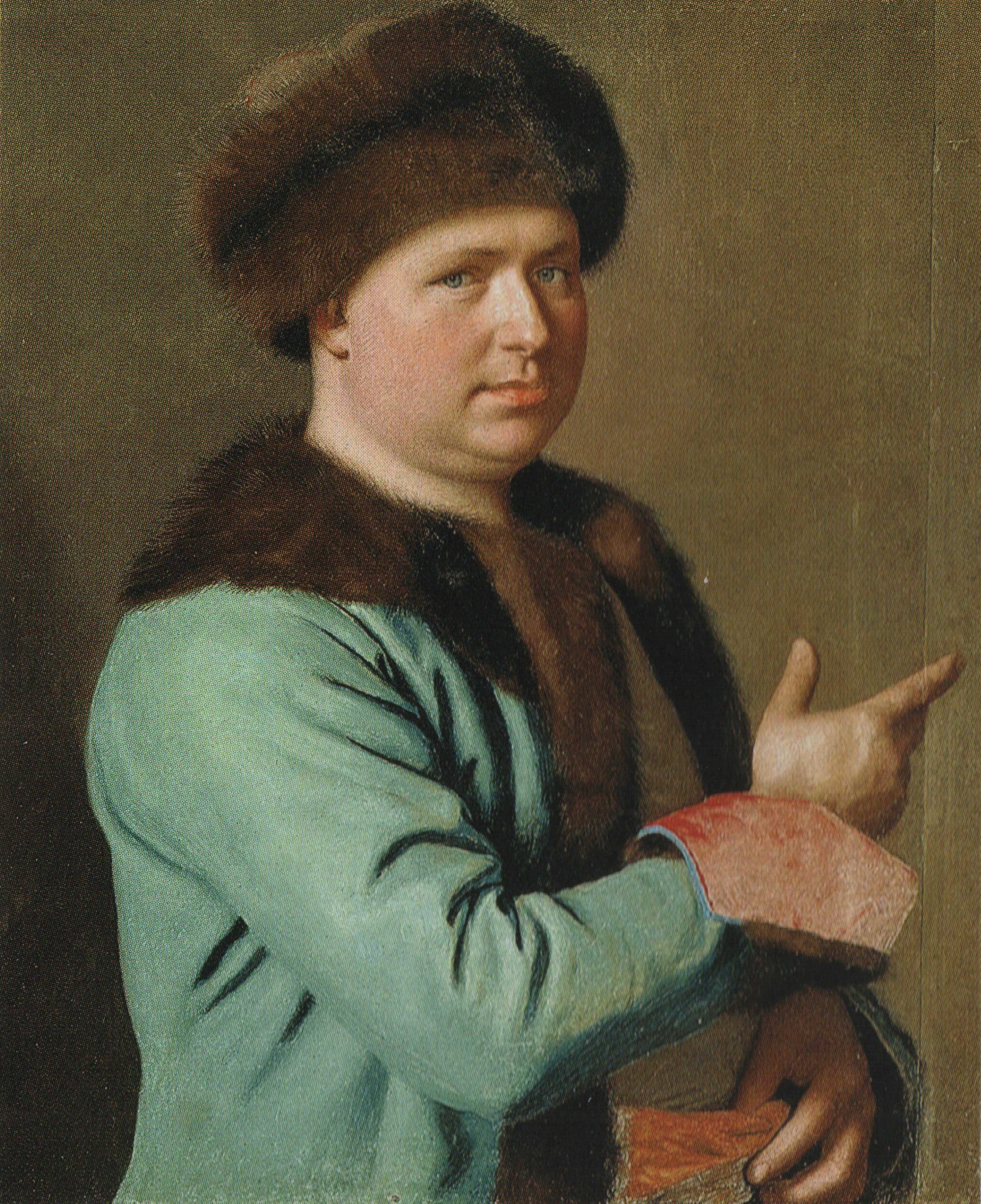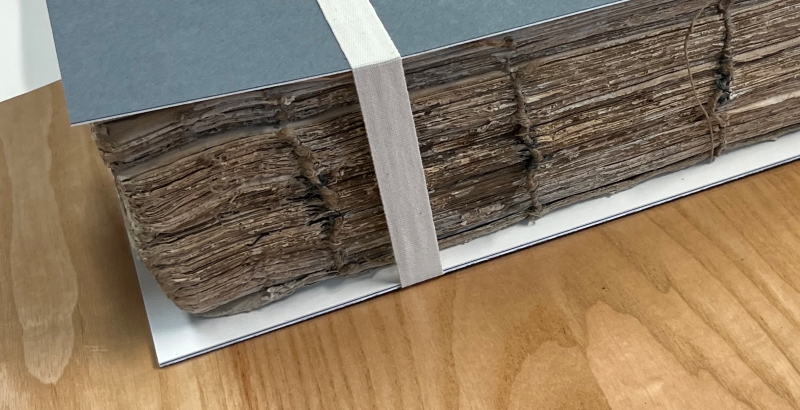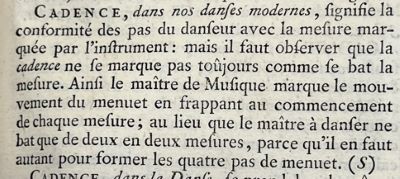My own foray into 'man-midwifery' was (mercifully for all concerned 🙂) very brief - eleven deliveries in the late 1980s. Enough to convince me that I wasn't cut out for a career in obstetrics - and to leave me with an enduring respect for midwives. I found the chapter which covered the birth of male obstetrics a really fascinating one.
York has an interesting link with some of the content covered, through the fictional character 'Dr Slop' in the book 'Tristram Shandy' and the character which most authorities think its author Laurence Sterne modelled him on, Dr John Burton (1710-1771).
It's pointless to try and summarise the 'plot' of Tristram Shandy (first published in 1760) - but it does have a lot in it about some 18th century ideas on conception, pregnancy, gender, midwifery and obstetrics. Dr Slop features as the 'scientific' physician and man-midwife chosen by Tristram's father Walter to deliver his child (Tristram's mother has sensibly called for the experienced local midwife). By the point in the story illustrated below, Dr Slop (who is presented as a very argumentative, stunted, Papist) has dragged Tristram into the world with his specially designed forceps -, in the process crushing his nose - the maid has accidently set light to Dr Slop's wig, and they're about to have a fight.
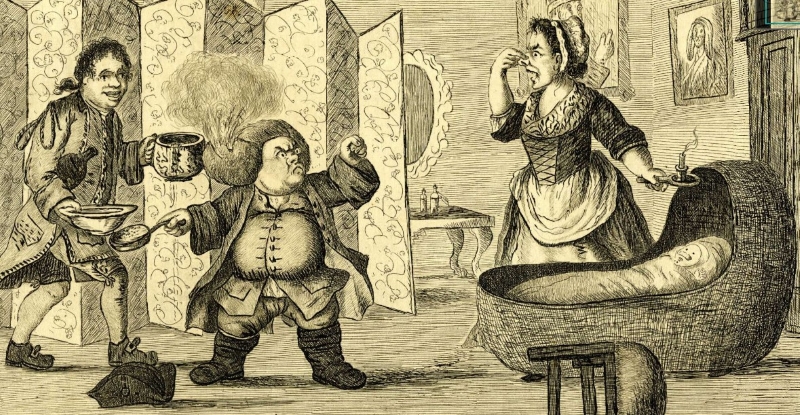
John Burton in contrast was a successful physician and man-midwife in York - a Tory, but definitely a Protestant rather than a Catholic and apparently 'a tall Well sett Gentleman'. York was largely in the hands of whigs and Burton crossed swords politically with Laurence Sterne's uncle, Jaques Sterne, who held key roles in the Minster and the city authorities - grudges were definitely held!
Burton wrote An Essay towards a Complete System of Midwifery in something of a hurry in 1751, apparently to try and get to print ahead of William Smellie who we read about in the module. There's no evidence that Burton was a 'sloppy' doctor in any way - his obstetric practice was based on assisting with difficult and obstructed labour, rather than seeking to wholly replace midwives in the care of pregnant women. However, the Sternes (both uncle and nephew) really didn't like him!
He was living in this house, just in sight of the Minster in 1740.
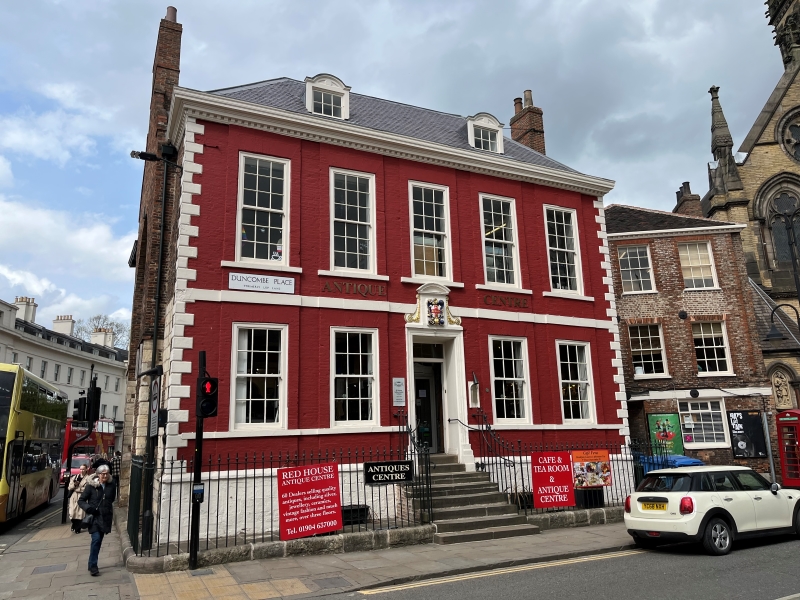
The pictures below show a form of obstetric forceps that Burton designed, along with a photograph of a replica set. As the module discusses, these new technological devices may have played some part in displacing midwives - but certainly aren't the whole story.
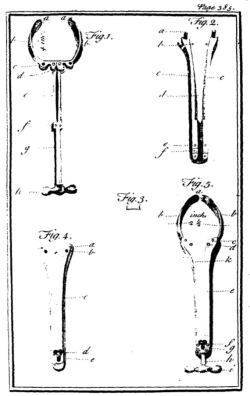
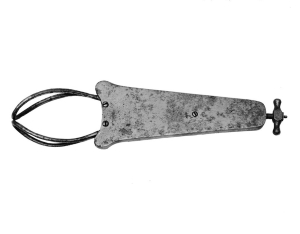
In 1745 when the Young Pretender, Charles Edward Stuart, was descending through the North West of England - John Burton apparently took the opportunity to ride across to 'check out his property' in that region. He was then either 'kidnapped' by Highlanders - or scheming to overthrow the monarch. Whatever the truth, on his return to York, Jaques Sterne had him arrested and locked up in York Jail for three months and tried to have him prosecuted for treason (on what might well be fabricated evidence). The jail buildings had been recently constructed - and of course (it being York)......
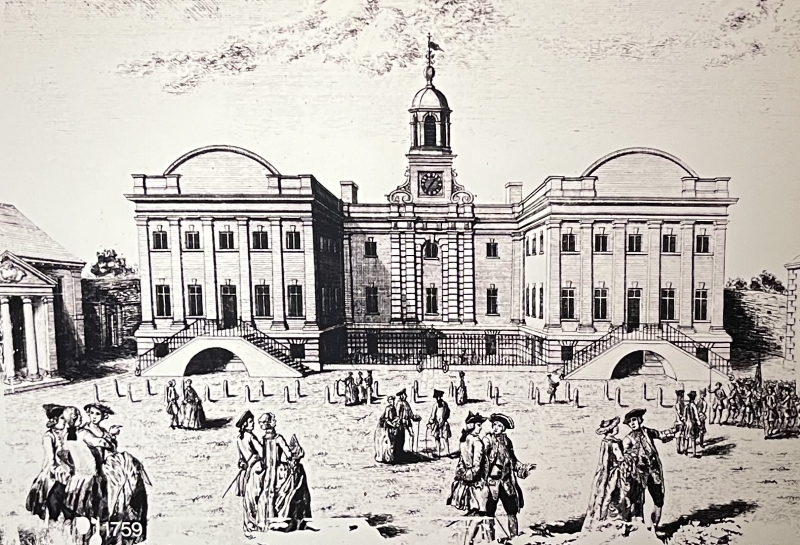
...... are now part of a tourist attraction.
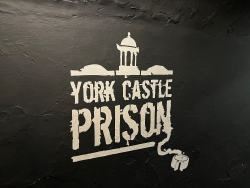

Whilst you can look around the cells in the lower layer of the prison (which once briefly held 'Dick Turpin') I'm sure Burton must have been upstairs in what was normally the debtors' rooms (he was allowed to bring his servant in - so I can't see that happening in the basement lock-ups.)
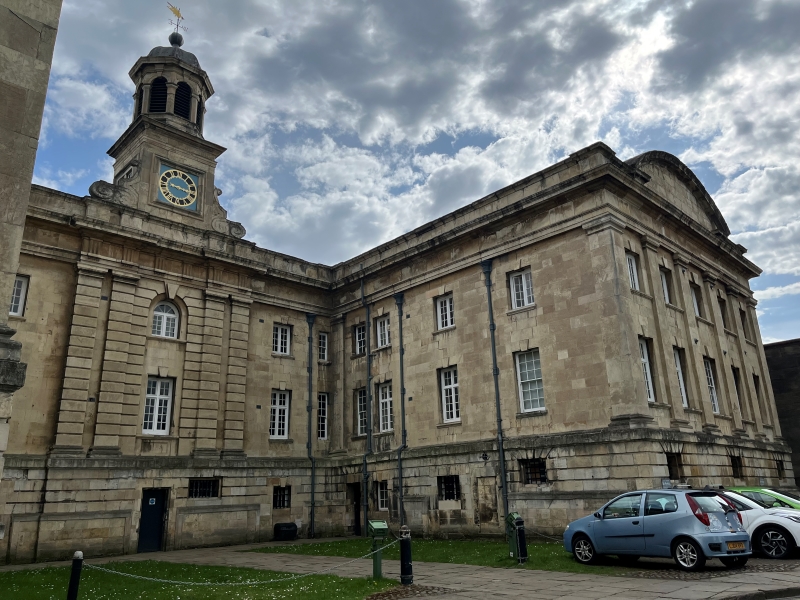
Although interrogated by the Privy Council in London and eventually tried at York assizes, Burton didn't receive any further punishment as part of a nationwide reprieve for some 'Jacobites'.
Burton carried on living in York, but moved largely from physician to ........ historian, drawing together a classic account of the records of Yorkshire monasteries.
I took the picture below in the York parish church in which he was buried in 1771 - a few months before his wife.
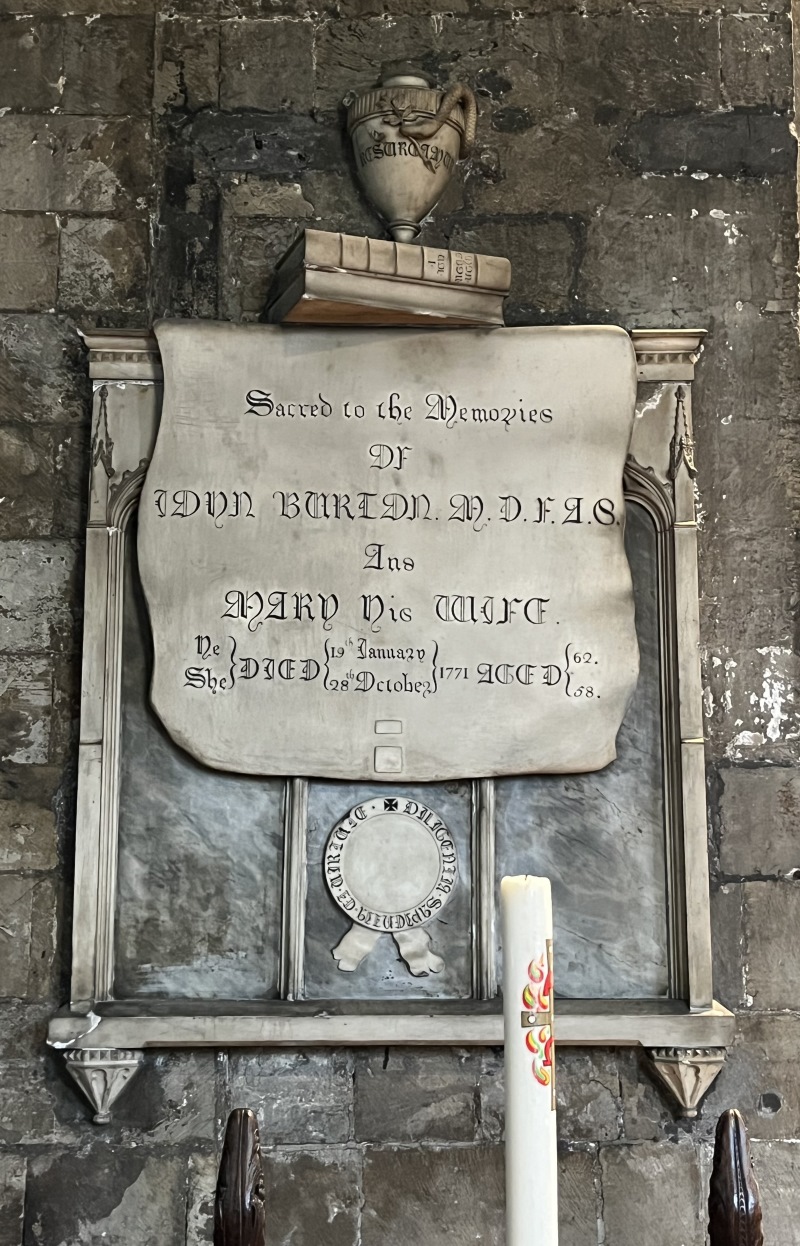
The satirical character 'Dr Slop' was probably a composite, but it has been enjoyable trying to find some traces of the real Dr Burton in the city.

